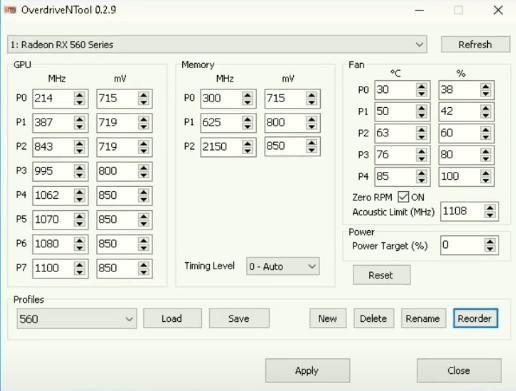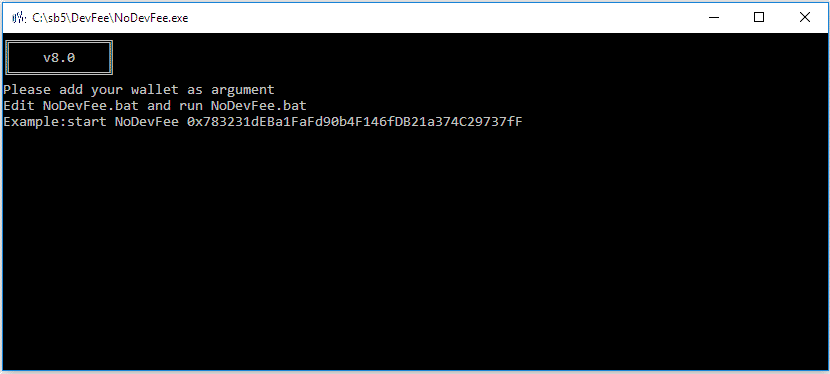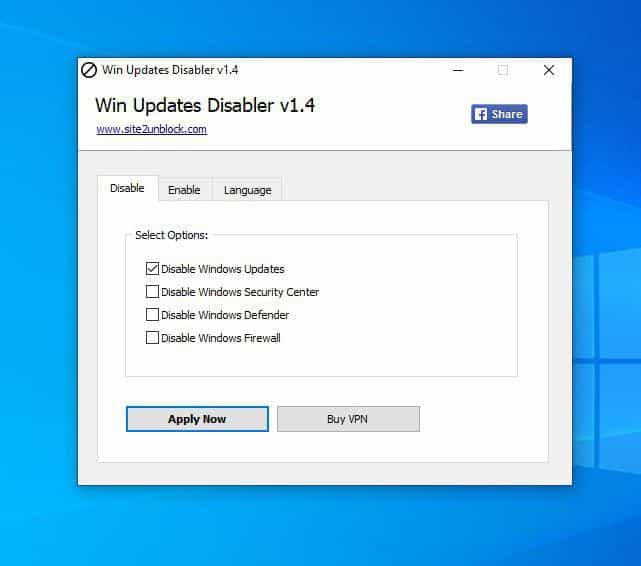4 large American mining companies strive to increase hashrate.
Before the ban on mining in China, miners from America tried to increase their share in the total hashrate of the bitcoin network. These efforts involve not only building large datacenters, but also purchasing large batches of mining hardware. This is necessary to equalize the hash rate and exclude the possibility of control over the network due to the ownership of 51% of the capacity.
However, they have to deal with energy shortages. Some of them enter into direct contracts with oil and gas companies for the supply of hydrocarbons for generators. Some of them use old hydroelectric power plants to provide energy to farms, since mining is more profitable than selling electricity to the grid. It also has a positive effect on the destruction of myths about the harmful effects of cryptocurrency mining on the environment.
Riot blockchain increase hashrate.
It is estimated that in 2020, China controlled about 65% of the capacity of the bitcoin network. However, Riot Blockchain has been building up capacity by purchasing large amounts of hardware from Bitmain. This contributed to a 460% increase in total computing power and cost the company several million dollars. This increase in capacity lasted from August until the end of 2020. However, in early 2021, the company acquired about 42,000 Antminers devices from Bitmain. The Nasdaq-listed company also announced a $ 650 million acquisition of a large data center based in Texas. By acquiring the Whinstone data center in Texas, Riot Blockchain will own the largest Bitcoin mining facility in the United States. The American Bitcoin mining giant is even looking to expand the site’s initial capacity from 750 megawatts to over 1,000 megawatts.
In the June report, Riot Blockchain’s total Bitcoin mining since the beginning of the year was 1,167 BTC (currently worth $ 36.5 million). As of June 2020, the company has mined only 508 BTC, which means that this year’s production represents an increase of 130% over the previous year. In total, Riot Blockchain says it owns more than 2,200 BTC as of the end of June, with all Bitcoin coming from their mining activities.

Marathon

Marathon is arguably Riot Blockchain’s main competitor in the North American Hash Wars, and like its competitor, the crypto mining giant has been expanding its stock of hardware starting in 2020. In October, Nevada-based Marathon Patent Group acquired 10,000 Antminer S-19 Pros from Bitmain. The order size was such that it was estimated to have boosted the company’s operating throughput at a hash rate to 2.56 EH/s, slightly above the 2.3 EH/s target for the Riot Blockchain expansion. With the Antminer order coming in in batches for Marathon, the company now appears to be focused on achieving carbon neutrality and meeting regulatory requirements.
Back in March, the company first announced plans to redirect all of its current hash power to a regulatory-compliant Bitcoin mining pool by early May. At the time, Marathon said the new pool adheres to the Anti-Money Laundering (AML) Protocols set by America’s Foreign Control Office. Although the company’s shares are more than 50% below their high of $ 56.56, the company’s shares are up 122.34% since the start of the year. Since Bitcoin exchange-traded funds have not yet received approval in the United States, Bitcoin stocks for mining are seen as the next best choice in terms of gaining indirect exposure to BTC.
Marathon itself is a bitcoin holder, separating from its mining interests. At the beginning of the year, the company bought over 4,800 BTC, which was valued at about $ 150 million at the time. The New York Digital Investment Group reportedly facilitated the deal.
Hut 8

Companies based in the United States aren’t the only big players in the North American Bitcoin mining theater, as Canada’s Hut 8 is also a significant player. Once the largest publicly traded bitcoin miner by power back in 2018, the Toronto-based company appears to be recovering from its previous setbacks.
The crypto market suffered a bearish trend in 2018 as coin prices fell from peaks reached in December 2017 and January 2018. In May 2019, Hut 8 reported losses of $ 136 million from the previous year, which also resulted in significant staff cuts.
Having made it through the crypto winter of 2018 and 2019, Hut 8 has undergone massive scaling of its mining hardware, announcing the purchase of over 11,000 MicroBT rigs worth about $ 44 million. Back in January, Canadian miner BTC calculated that its total bitcoin reserves would reach 5,000 BTC by early 2022. The company also outlined plans to expand the hash rate to six EH/s by mid-2022.
Hive blockchain
The shift in the hash rate from east to west will eventually include radical changes in the energy balance for mining BTC, with a greater emphasis on green bitcoin. For the Canadian cryptominer, green energy is the main focus of their activities. From Canada to Iceland and even Sweden, Hive Blockchain has run green energy data centers for cryptomining. Back in May, the company was reportedly forced to sell its facility in Norway, citing problems with regulators in the country.
Earlier in July, Hive acquired 3,000 MicroBT M30S miners for its facility in New Brunswick, Canada. The added hashpower is reportedly going to be contributed to the Foundry USA pool, which already aggregates hashing potential from other major North American miners such as Hut 8, Blockcap, and Bitfarms, among others. An additional 3,000 Hive installations are reported to increase the company’s hashing potential by 0.264 EH / s to achieve an overall hash rate of 0.83 EH/s. The company also recently joined the public bitcoin mining firms following its release on the Nasdaq back in June.
Meanwhile, Gryphon Digital Mining, another US miner, may soon challenge more established companies in the North American BTC industry. The company, which claims to be powered by 100% renewable energy, recently acquired 7,200 Antminer S19J Pro units. Based on the hashing capacity of the machines, the Gryphon hash rate will approximately increase by about 0.72 EH/s. This new equipment will reportedly be installed in August, after which the company will receive its ESG rating.
Follow all the news from the crypto industry with us. We publish only high-quality and interesting material. We wish you good luck and calm work!





















